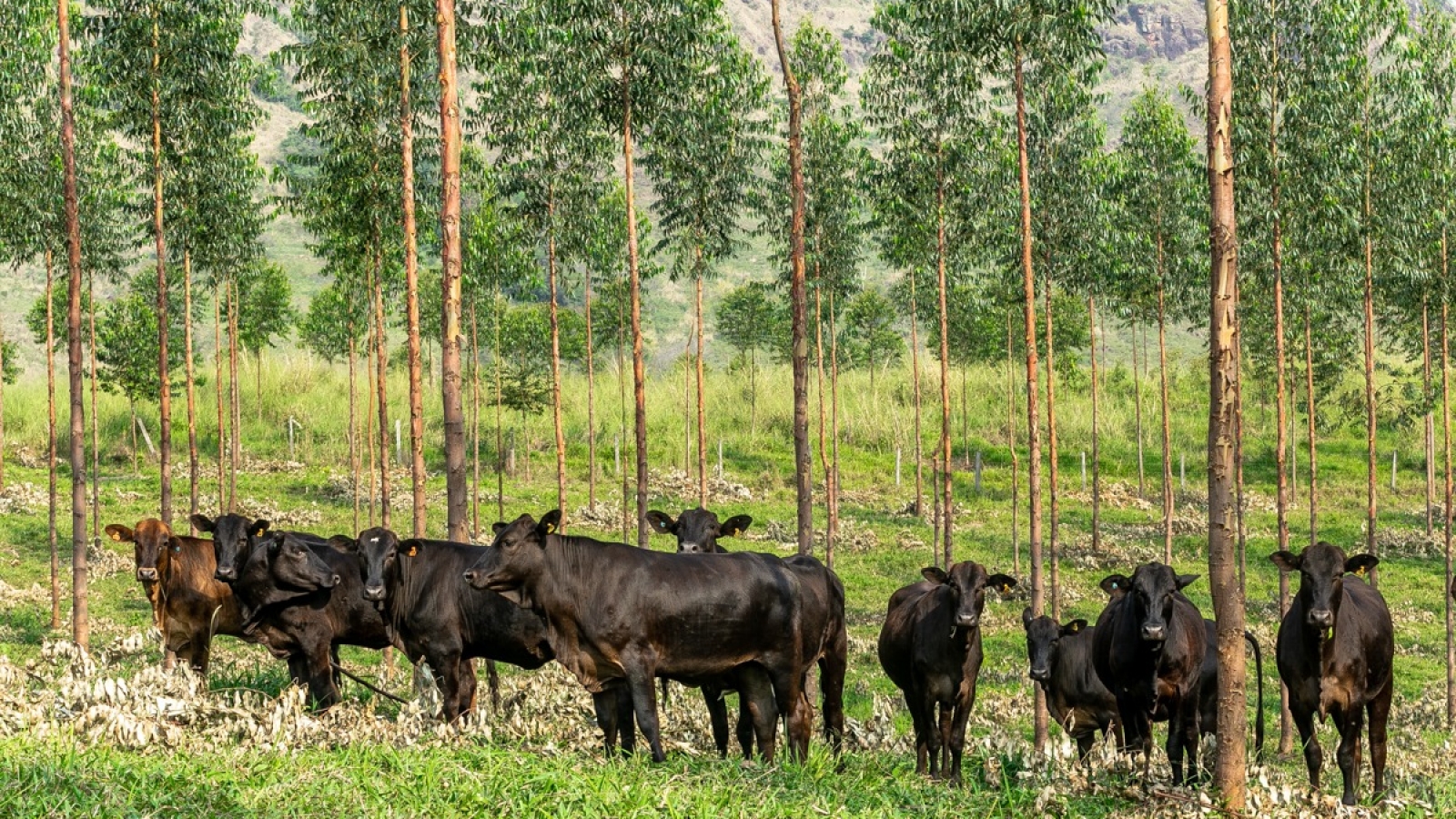Researcher at Embrapa Forests says growth is still slow, but within the expectations of the ABC Plan
The last Agricultural Census showed that Brazil has a total of 5,073,324 agricultural establishments, which occupy a total area of 351.289 million hectares, or in other words, approximately 41% of the total area of the country (851.487 million ha). However, it is estimated that the Integrated Crop-Livestock-Forestry system (ICLFS) is only developed in approximately 15 to 17 million ha, in only 5% of the total area in rural properties. The state of Paraná, with 4,741,967 ha in agricultural establishments, would have from 0.6 to 0.7 million hectares implemented with ICLFS, according to data from Dr. Vanderley Porfírio da Silva, PhD in Agronomy and researcher at Embrapa Forests.
But why the system – which is excellent for the producer, great for the cattle, and better for the environment – is still so underused?
According to the researcher, it is natural that the country still has large areas of crops and grazing pastures, since there are numerous producers with vast experience in crops and animal farming. “The technology integrating crop and/or grazing with trees is something relatively new for our farming culture. Therefore, in general, we are still learning how to do it, how to sell it. And as with all innovation, it also has a maturity time. The adoption, in the different regions of the country, must advance as the knowledge and feasibility are present and demonstrated”, he explains.
However, the researcher says the adoption of the ICLFS advances as expected in the Sectoral Plan for Mitigation and Adaptation to Climate Changes for the Consolidation of an Economy with Low Carbon Emission in Farming (ABC Plan). This is one of the sectoral plans developed pursuant to article 3 in Decree No. 7.390/2010 with the purpose of organizing and planning actions to be made for adopting sustainable production technologies, selected with the objective of answering the commitments to reducing Greenhouse Effect Gases (GHG) in the farming sector signed by the country. “The target established by the ABC Plan in 2009 was to increase in 4 million hectares until 2020. According to the preliminary estimate from the ABC Platform, the multidisciplinary group established to monitor the reduction of the GHG between 2010 and 2015, the increase of 5.96 million hectares of ICLFS was responsible for sequestrating 21.8 million tons of CO2 equivalent”, he explains. The targets for the ABC+ Plan for the next 10 years have not been defined yet.
Porfírio da Silva says that, in Paraná, with an excellent, well-structured productive chain of timber, there would be even greater encouragement for more producers to join the system. “The greatest difficulty for the producer is to make the decision of investing in the system. The decision requires technical knowledge, whether their own and/or through the technical assistance services they use. Another aspect that may hinder the decision-making process is the lack of familiarity with the forestry/timber business. And so, information on that must also be sought”, he declares.
According to him, the Paraná Rural Development Institute (Instituto de Desenvolvimento Rural do Paraná – IDR-PR), former Emater, may assist the producers interested in migrating to the ICLFS. “The IDR is a partner to Embrapa in several technological reference units (URTs) in agroforestry in Paraná. Some of these URTs were implemented in the 1990s, making Paraná the state with the most extensive experience in the country”, he states.Embrapa has several publications on ICLFS. One which is particularly interesting can be found on this link.

